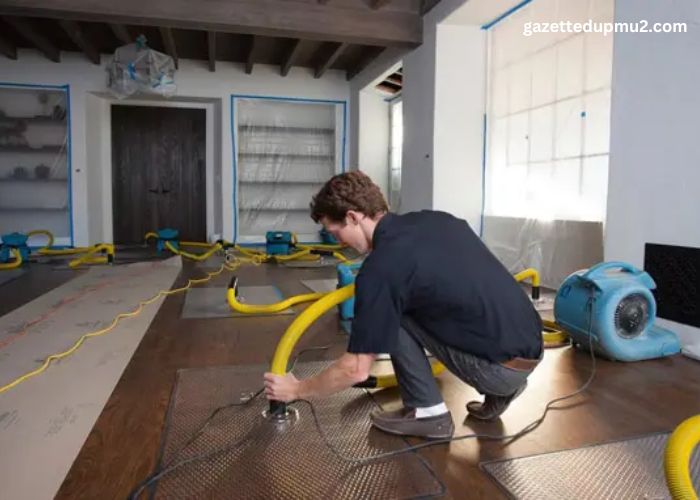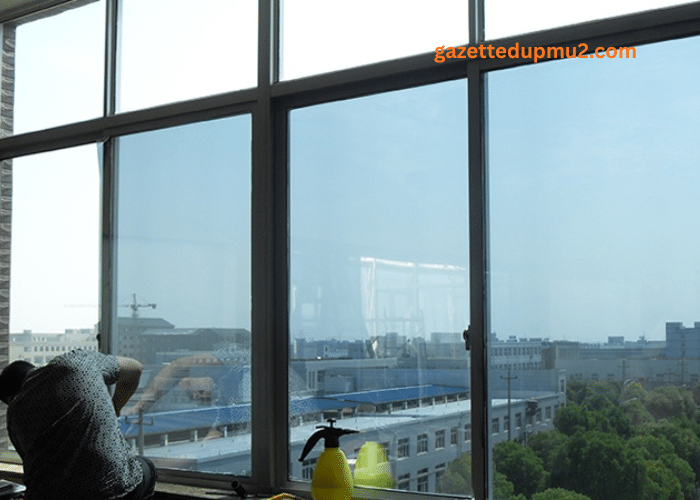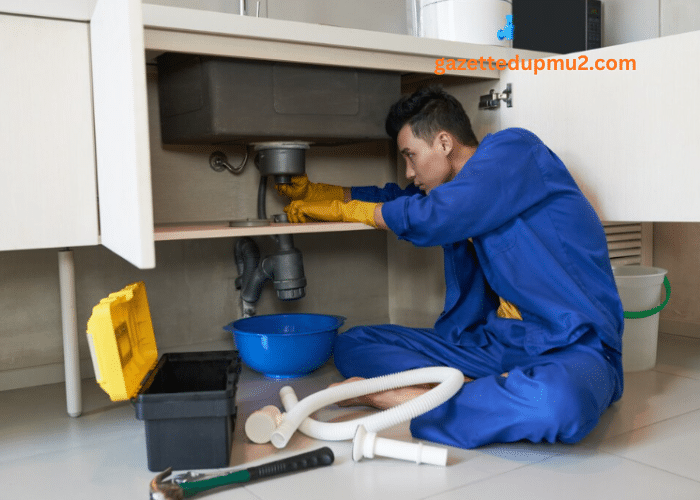Water damage can happen at any time, whether from a busted pipe, a natural calamity, or an unreported leak. If ignored, it can cause structural damage, mold, and pricey repairs. The ability to react promptly and effectively can influence the outcome of rehabilitation. This guide will help you restore your water-damaged property and prevent future issues. This guide covers the necessary steps.
Recognizing the Signs of Water Damage
Water damage isn’t always obvious. While flooding and standing water are clear indicators, other subtle signs include:
- Discoloration on walls and ceilings
- Warped or buckled flooring
- Musty odors or mold growth
- Peeling paint or wallpaper
- Increased humidity levels in affected areas
Identifying these signs early allows for a faster and more effective response, minimizing long-term damage.
Immediate Actions to Take After Water Damage
When you discover water damage, acting quickly is crucial. Follow these steps to mitigate the impact:
Ensure Safety First
- Turn off the electricity if water has reached the electrical outlets.
- Wear protective gear if dealing with contaminated water.
Stop the Source of Water
- If the damage is caused by a problem with the plumbing, you should turn off the main water supply.
- In cases of natural disasters, use sandbags or barriers to prevent further intrusion.
Remove Excess Water
- Use a wet vacuum, mop, or towels to extract standing water.
- Open doors and windows to improve ventilation.
Move Belongings to a Dry Area
- Relocate furniture, rugs, and valuable items to prevent further absorption and mold growth.
Drying and Dehumidifying the Area
Once standing water is removed, thorough drying is essential to prevent lingering moisture. Using fans, dehumidifiers, and specialized drying equipment can speed up the process. It’s important to:
- Direct airflow to damp areas to promote faster evaporation.
- Use desiccants like silica gel or moisture-absorbing materials for enclosed spaces.
- Monitor humidity levels to ensure they return to normal.
Assessing Structural Damage and Repairs
After the water has dried, you should assess the level of damage. It may be necessary to repair or replace some materials, including the following:
- Drywall and Insulation: Often, it must be removed if saturated to prevent mold.
- Wooden Structures: Warped or rotten wood may require professional attention.
- Flooring: Carpets should be professionally cleaned or replaced, while hardwood floors may need refinishing.
Professional Water Damage Restoration Services
While DIY methods can address minor cases, severe damage often requires expert intervention. A professional water damage restoration company can:
- Conduct a thorough assessment using moisture meters and infrared cameras.
- Use industrial-grade equipment for deep drying and dehumidification.
- In order to prevent the development of mold, antimicrobial treatments should be applied to the afflicted regions.
- Restore and repair damaged structures efficiently.
Preventing Future Water Damage
Once restoration is complete, take proactive measures to avoid future incidents:
Regular Maintenance
- Inspect pipes, appliances, and roofing for leaks.
- Ensure proper drainage around your property.
Install Preventative Measures
- Use water leak detectors for early warnings.
- Maintaining the downspouts and gutters in good functioning condition will help water flow away from your house.
Monitor Indoor Humidity
- Keep humidity levels below 50% to prevent excess moisture buildup.
- Use dehumidifiers in high-risk areas like basements.
Final Thoughts
Water damage can be overwhelming, but acting quickly and efficiently can save your property from extensive harm. Whether handling minor leaks yourself or seeking professional water damage restoration, following these essential steps will help restore your home and protect it from future damage. By staying prepared, you can minimize risks and ensure your property remains safe and dry.





